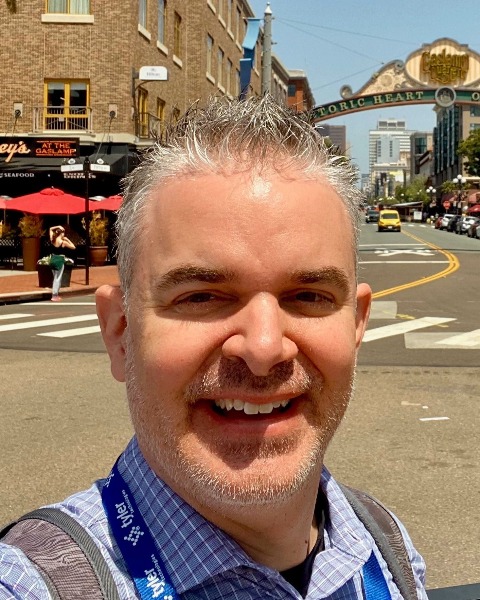Mobile Workshop
Economic Trends and Transformations
Reinventing Suburbia for Financial Resiliency
Sunday, March 30, 2025
10:00 AM - 1:30 PM CT
Location: Mobile Workshop Departure Area
CM: 2.5
Ticket Price: $60

Andrew J. Spurgin, AICP
Principal Planner
City of Westminster
Denver, CO- SA
Stephanie Ashmann
Westminster, Colorado
- NL
Nathan Lawrence
Denver, Colorado
- JM
John McConnell
Westminster, Colorado
Lead Mobile Workshop Coordinator(s)
Mobile Workshop Guide(s)
Mobile Workshop Coordinator(s)
Westminster, Colorado, is 70 percent sales-tax dependent; losing one of the region's malls potentially would devastate the suburb's finances. The city reenvisioned the land as a new downtown with a mix of housing (including affordable housing), employment, and experiential uses. After master developers failed to provide concepts in line with Westminster’s vision the city took the unusual step of becoming its own developer and now coordinates lot-by-lot and block-by-block.
Westminster Station is a former industrial area with very small lots not suited to contemporary industries. With arrival of the RTD B line train, the city reinvented this land as a transit-oriented development. The ensuing balance provides transit-supportive uses while minimizing displacement of existing businesses and affordable housing. The formation of specific plan districts for both sites is noteworthy. They are detailed zoning documents that incorporate vision, regulations, and a streamlined approval process. Formation of shared parking districts also facilitates compact development and efficient land use by consolidating parking facilities. Using development agreements also has been used to incorporate affordable housing and the largest concentration of LEED-certified buildings in Colorado.
Westminster Station is a former industrial area with very small lots not suited to contemporary industries. With arrival of the RTD B line train, the city reinvented this land as a transit-oriented development. The ensuing balance provides transit-supportive uses while minimizing displacement of existing businesses and affordable housing. The formation of specific plan districts for both sites is noteworthy. They are detailed zoning documents that incorporate vision, regulations, and a streamlined approval process. Formation of shared parking districts also facilitates compact development and efficient land use by consolidating parking facilities. Using development agreements also has been used to incorporate affordable housing and the largest concentration of LEED-certified buildings in Colorado.
Learning Objectives:
- Understand how land development relates to a community's financial health and how land use choices can support resiliency in face of external forces.
- Learn how a community can intervene to change market trends and achieve visions with public-private partnerships.
- Incorporate vision, regulations, infrastructure, and the public realm into a robust zoning document to achieve better outcomes and a more efficient development process.

.jpg)
.jpg)
.jpg)
.jpg)


